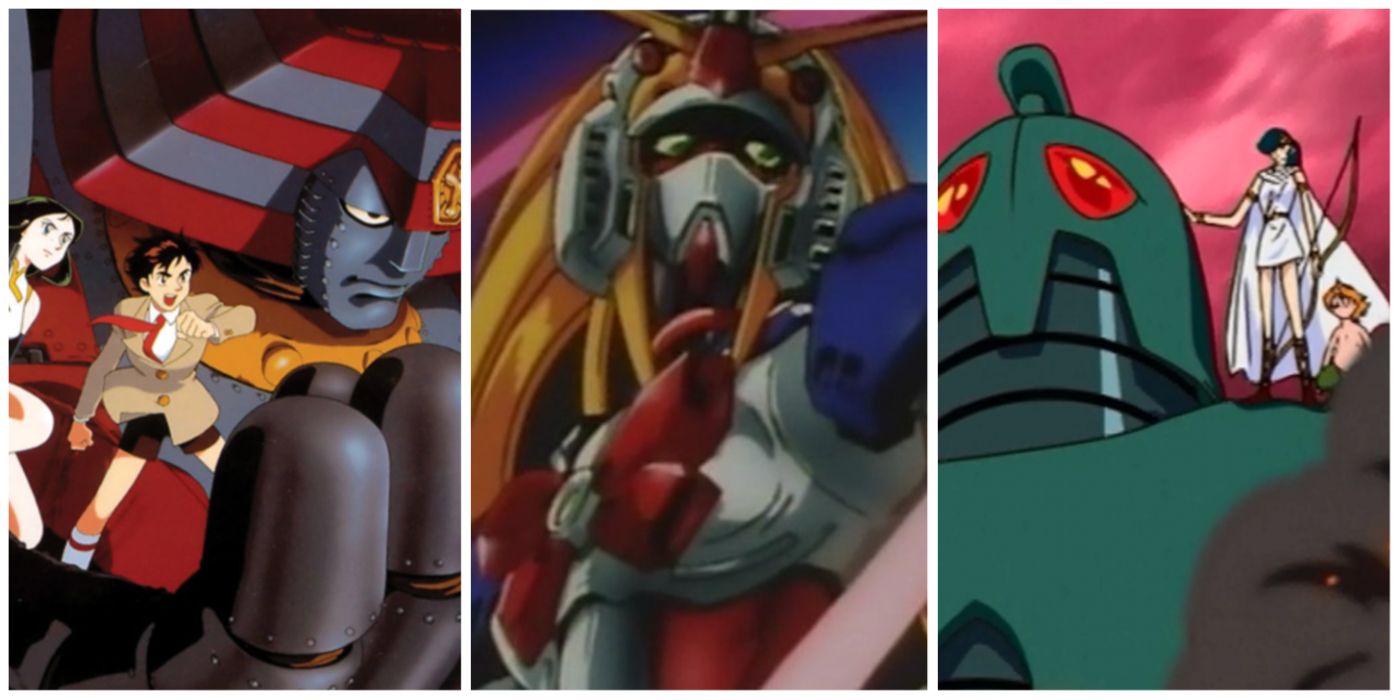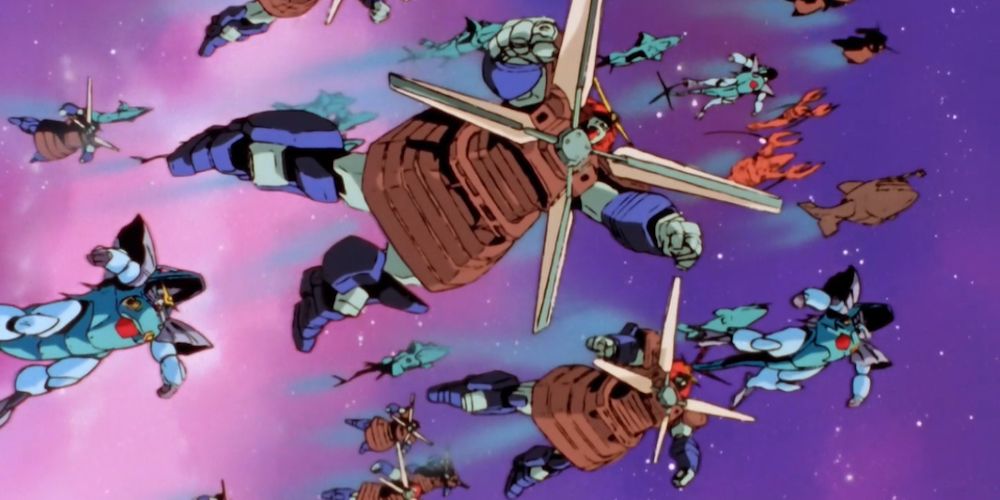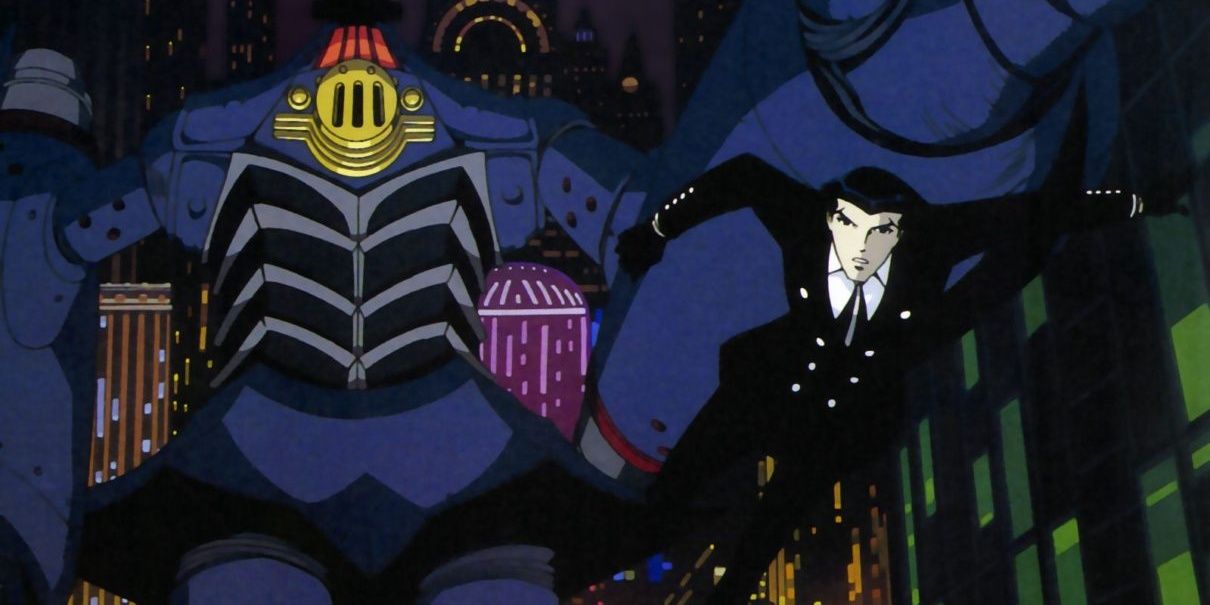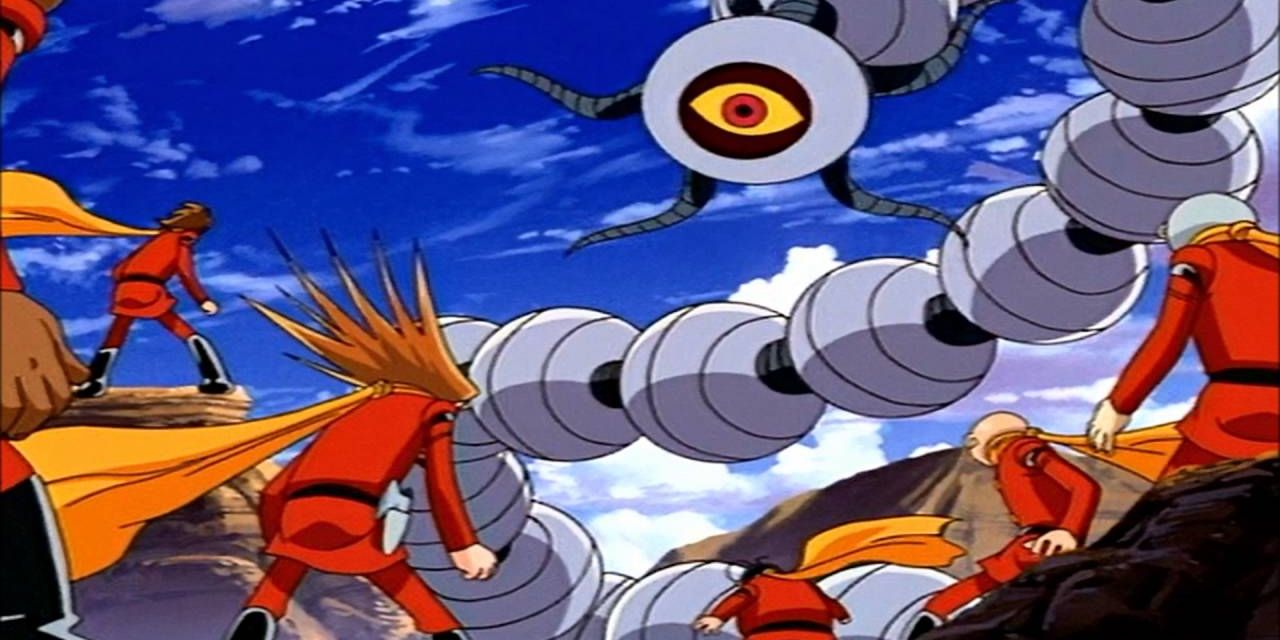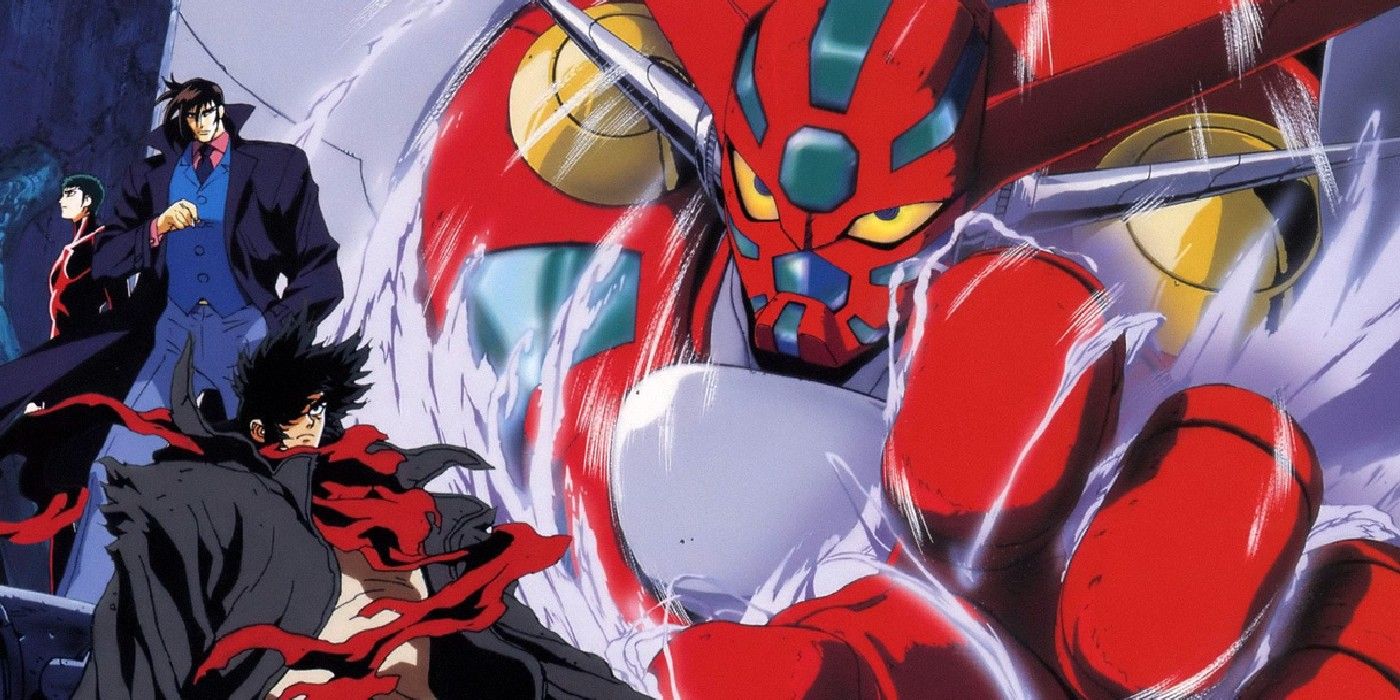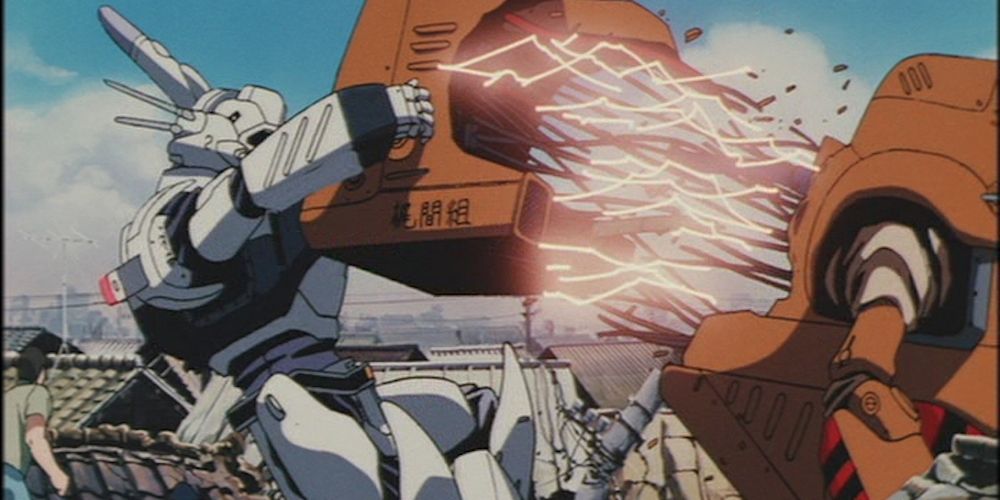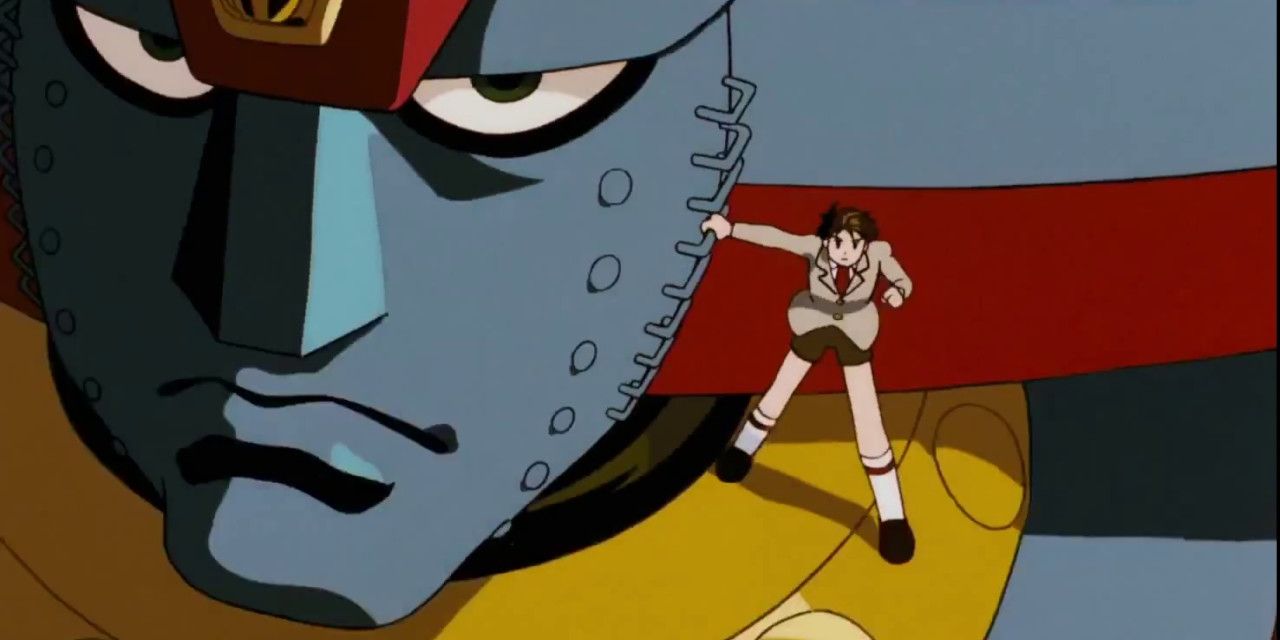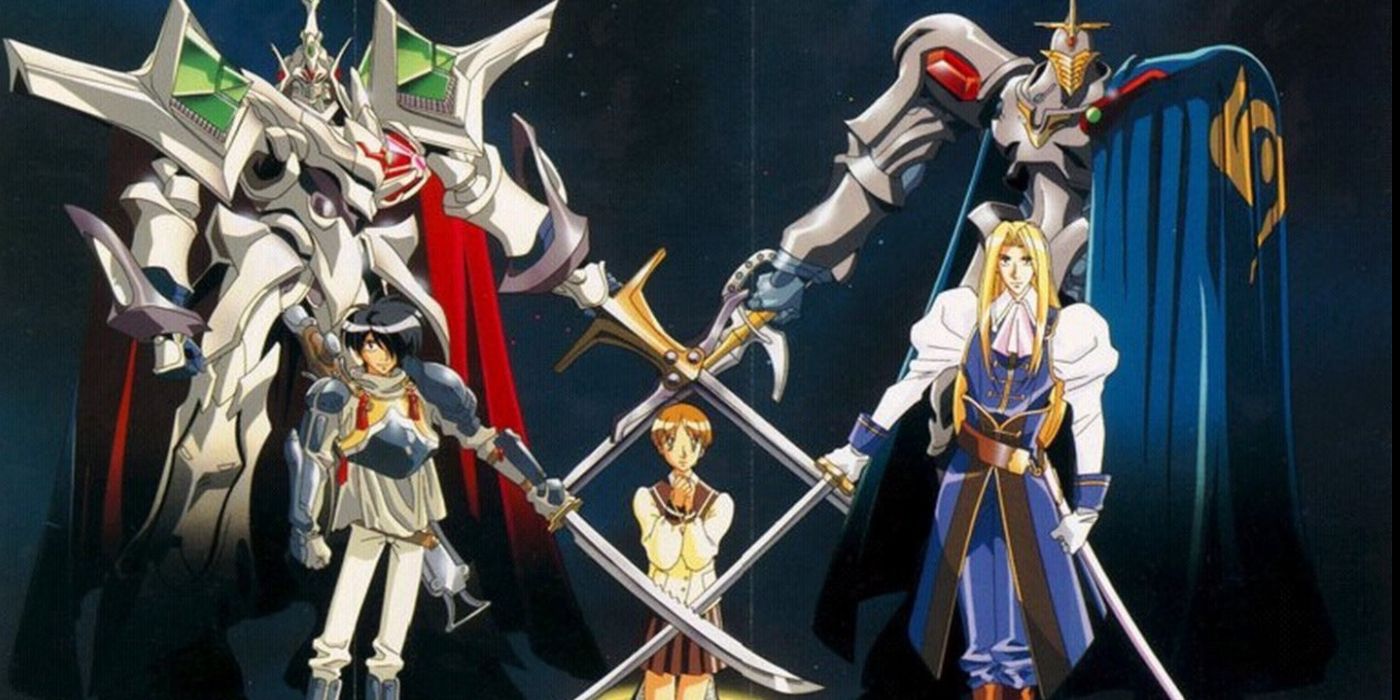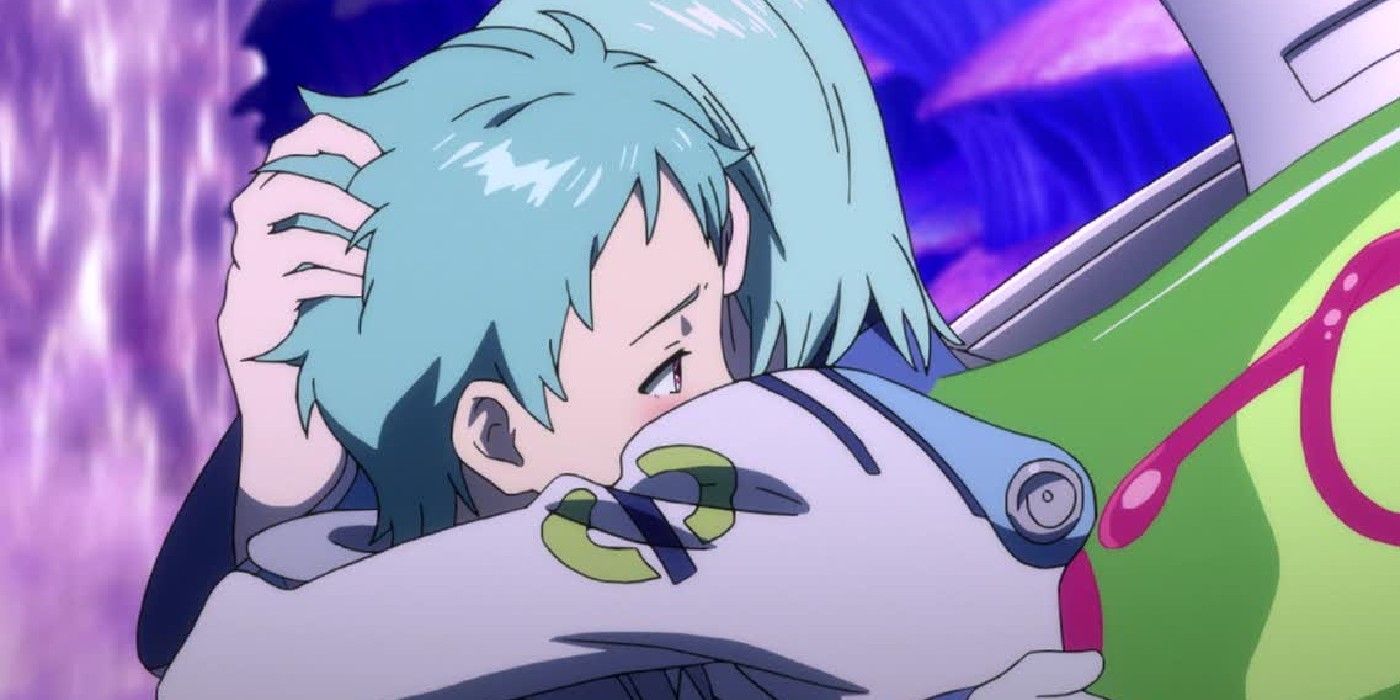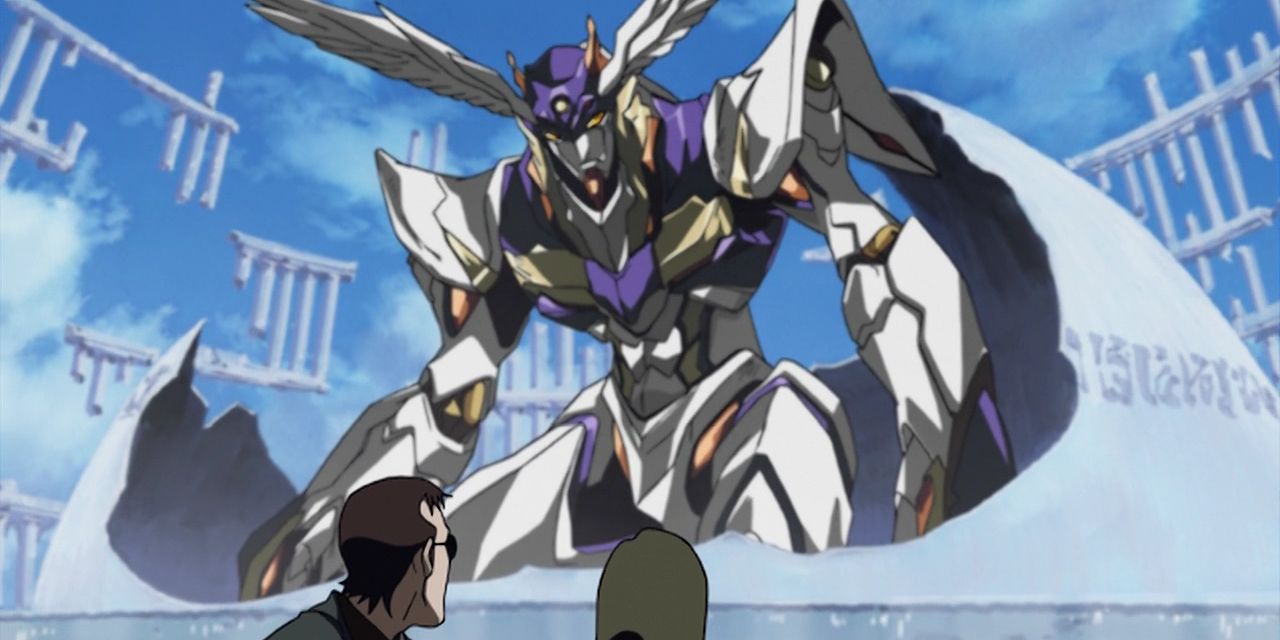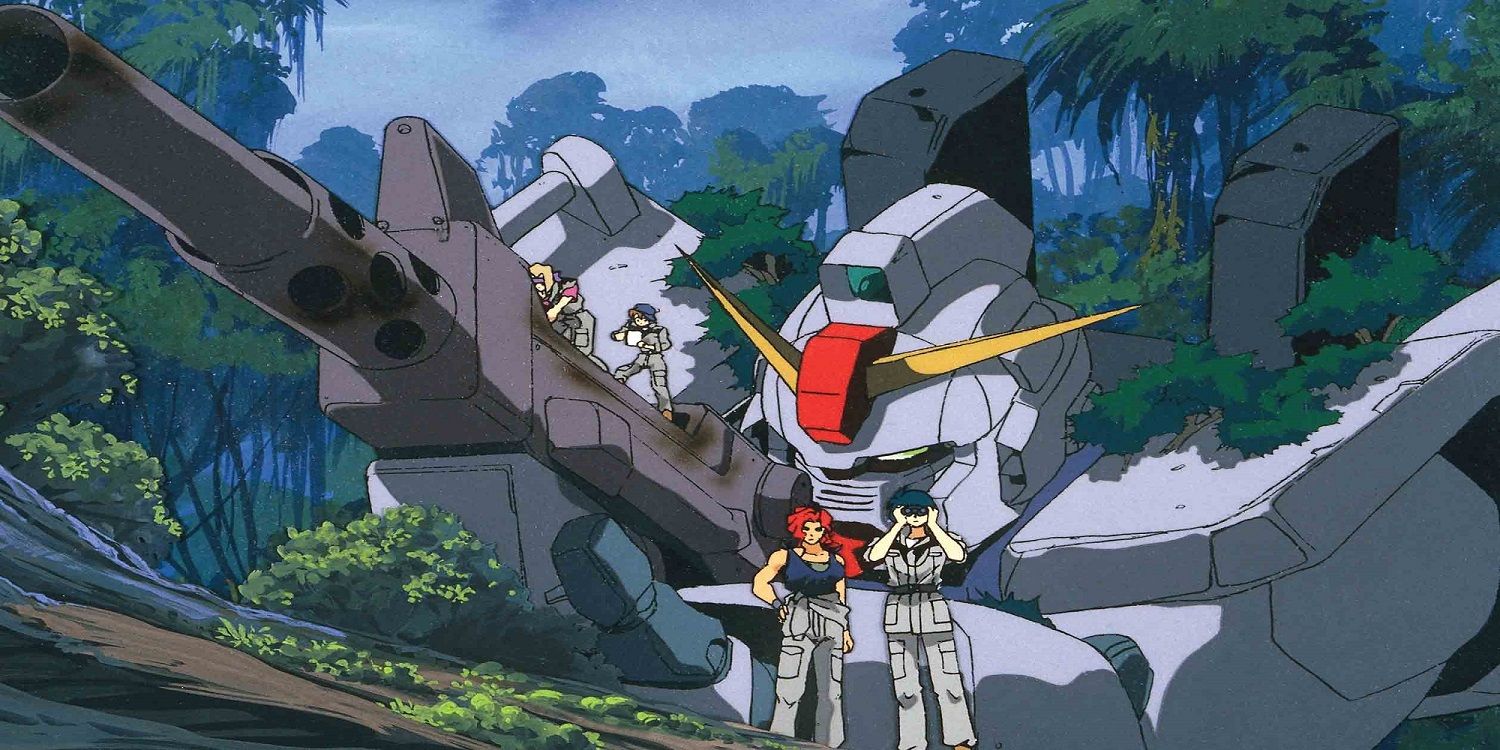The anime industry is full of enlightening stories, memorable characters, and visual spectacles that remain hard to top. Hundreds of new anime series flood the market each year and the medium's many diverse genres create specialized content that's able to break through to all audiences. One of anime's more popular genres is the heightened mechanical mayhem that's created through mecha series.
Mecha anime come in a wide range of shapes and sizes, but there are certain stereotypes that continue to persist in the bold genre. Accordingly, some mecha series seem bland and pedestrian, only to gradually reveal their surprising depth.
10 Mobile Fighter G Gundam Turns The Mecha Series Into A Free-For-All Tournament
Mobile Suit Gundam kicks off with its connected Universal Century timeline, but in the decades since there have been a wealth of alternate universe Gundam stories that have helped rejuvenate the mecha franchise. Mobile Fighter G Gundam, along with Gundam Wing and After War Gundam X, were the initial three alternate universe Gundam series and the first of these experiments applies the battle shonen treatment to the prolific mecha series.
Mobile Fighter G Gundam is set in a world where each country elects a Gundam to represent their nation and compete in a grueling tournament to determine which Gundam is the best of the best.
9 The Big O Comes To Terms With Its Moody, Stylized Inspirations
Aesthetics hold a lot of importance in anime, which means that plenty of challenging series are overlooked because of visual choices that don't mesh with the mainstream. The Big O is a two-season mecha anime that's heavily indebted to film noir and detective serials just as much as it's interested in giant robot action.
The episodic structure that kicks off The Big O and the way in which Roger Smith fits a little too neatly into the Bruce Wayne paradigm make it easier to dismiss The Big O as low-tier mecha content. However, this is a show that's thematically rich and includes some inspired retro robot designs.
8 Cyborg 009 Appoints A Team Of Righteous Robots To Prevent The World's Destruction
Shotaro Ishinomori is a prolific name when it comes to Japan's sentai genre and his inventive Cyborg 009 series is a brave mix of sentai staples and mecha storytelling. The series follows a group of nine individuals who have been transformed into dangerous cyborgs through the evil machinations of the Black Ghost organization.
These nine individuals rebel against their "creator" and reclaim their powers to prevent Black Ghost from bringing forward World War III through the mass commercialization of weapons of destruction. Cyborg 009 has continued to evolve over the years and it remains a smart blend of man and machine drama.
7 Getter Robo Is A Formative Part Of The Mecha Genre's Evolution
Getter Robo has a generic name and look in contrast to modern mecha series, but it represents a crucial turning point in the genre. Getter Robo's co-creator, Go Nagai, already rejuvenated giant robot theatrics with Mazinger Z, but Getter Robo is significant for the fact that it's the first mecha series where multiple robots combine together to form a larger machine.
The 51 episodes of Getter Robo cover a lot of ground. The series still holds up today even though it's been endlessly imitated in the following decades.
6 Mobile Police Patlabor's Grounded Take On A Mecha Society Is Highly Prescient
Mecha are rampant in Patlabor, but the most inventive element of Mamoru Oshii's foundational franchise is how it presents mechs as the natural extension of police, military, and industrial work. The futuristic world that's on display in Patlabor is considerably more grounded than the standard mecha affair, but there's still a sense of awe to the way in which the franchise uses mechs to solve problems.
Many of Patlabor's ideas about artificial intelligence gone wrong and the dangers of an overreliance on technology would also later be on display in Oshii's Ghost in the Shell.
5 Giant Robo: The Day The Earth Stood Still Is An Ode To Excess
Giant Robo: The Day the Earth Stood Still functions as a passionate reimagining of the entire career of Mitsuteru Yokoyama, the creator of the Giant Robo manga. The series' retro look undersells its intention to deconstruct and push forward the mecha genre.
The world is united through a global crisis and it looks like the greatest hope for survival revolves around a young boy and his gargantuan robot. The bold visuals and explosive robot action make it hard to not fall in love with Giant Robo, but the OVA series' secret weapon is its score by Masamichi Amano, which achieves such an epic sound for this climactic story.
4 The Vision Of Escaflowne Give The Mecha Genre The Isekai Fantasy Treatment
The Vision of Escaflowne is an ambitious anime from the 1990s that's as heavily influenced by the fantasy genre and gothic medieval storytelling as it is with mecha mayhem. Escaflowne begins by taking a page out of the isekai genre when teenager Hitomi gets whisked away to the world of Gaea and becomes a vital voice between two warring nations.
Escaflowne turns its mecha into fearsome dragons and exaggerated knights in shining armor, all of which feel fresh. Escaflowne suffers from an especially regrettable English dub and those who are only familiar with this version might have no idea that they've experienced a compromised version of the series.
3 Eureka Seven Is A Touching Love Story Told Through Mecha Pilots Caught Up In A Mystery
There are a lot of familiar tropes in play in Eureka Seven, a mecha series from the 2000s that contains outlaw rebels, an enigmatic love interest who's a fellow mecha pilot, and a mysterious race of aliens. On its surface, Eureka Seven doesn't seem to be doing anything extraordinary.
However, Eureka Seven tells a consistent story with evolving stakes over the course of its 51 episodes. It's an anime that's easy to go into with low expectations, but there's substance to it and its application of mecha technology.
2 RahXephon Uses Mecha Warfare As A Coming-Of-Age Tool For Its Lost Lead
It's not easy to craft a psychological drama that's heavy in existential nihilism and many series poorly attempt to recreate the somber magic that is Neon Genesis Evangelion. Evangelion's acclaimed reputation is no secret, but what has significantly flown under the radar is the 2000s mecha anime, RahXephon.
RahXephon is one of the few series that gets close to Evangelion's energy. Ayato Kamina is a disaffected teenager who has a lot of Shinji Ikari in him. Kamina's fate to pilot the RahXephon becomes a key factor in the world's survival. It's a hidden gem that sneaks up on the audience once they've given it a chance.
1 Mobile Suit Gundam: The 08th MS Team Gets Lost In The Human Cost Of War
There are dozens of diverse additions to the comprehensive Mobile Suit Gundam franchise. Set in a Southeast Asian jungle during the height of the One Year War, the 12-episode OVA series from the 1990s was a breath of fresh air for the mecha franchise. Previous Gundam series prioritized explosive space battles, while The 08th MS Team is a scaled-down affair that follows low-level grunt workers as they fight for land and resources.
This examination of the toll that war takes on humanity has been expertly explored in later Gundam series, like Iron-Blooded Orphans, but The 08th MS Team establishes this more human side to a mecha story.

